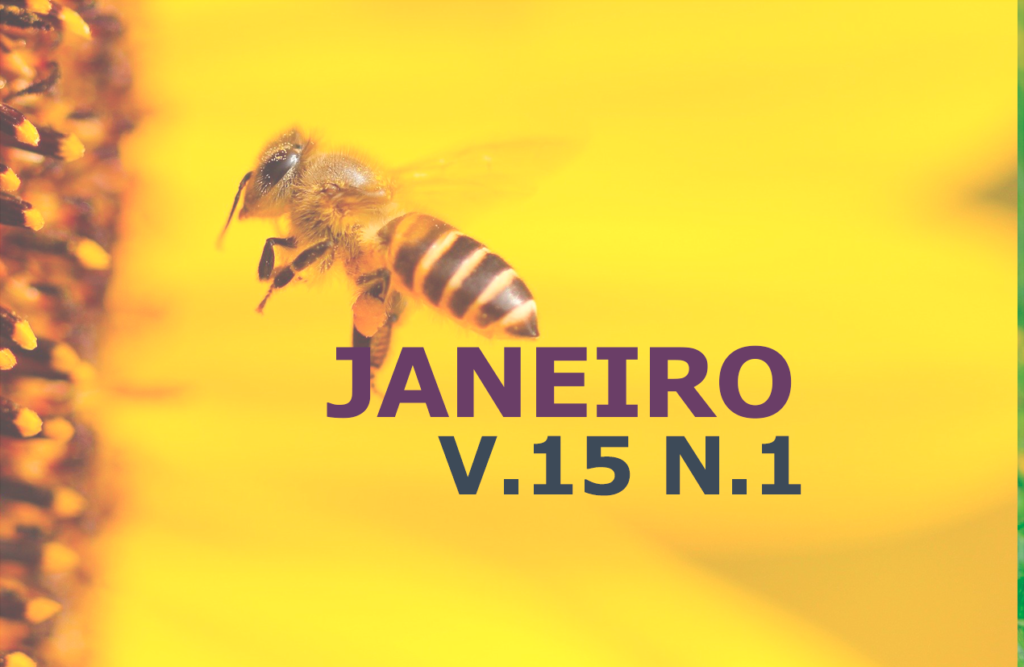Doxorubicin in the treatment of salivary gland adenocarcinoma
DOI:
https://doi.org/10.31533/pubvet.v15n01a723.1-6Keywords:
Adenocarcinoma, canine, neoplasia, chemotherapyAbstract
Neoplasms that affect the salivary glands of dogs and cats are extremely rare, with no predilection for race or sex being reported. Clinical signs include an increase in local volume as the most frequent finding, and manifestations as a result of this increase. The definitive diagnosis is made through histopathological examination, but fine needle aspiration cytology is a good diagnostic screening test. Imaging tests such as radiography, ultrasound and computed tomography can assist in staging and therapeutic planning. The most suitable treatment is total surgical resection, which is not always feasible, in which case radiotherapy is the recommended therapy. Chemotherapy studies are very rare in this type of neoplastic disease. The objective of the report was to report the case of a thirteen-year-old canine, with the presence of irregular, firm, partially adherent mass, measuring approximately 8.5 x 7.6 x 4.0 cm, in the submandibular region and evolution of 4 months, already with histopathological diagnosis of salivary gland carcinoma after excisional biopsy. Cervical, abdominal and chest X-ray examinations were performed for general investigation and evaluation of surgical viability. A new surgery was performed, but without information about safety margins due to histopathological examination, and adjuvant chemotherapy with the combination of doxorubicin and cyclophosphamide was recommended. The animal died after four sessions showing signs of tumor recurrence. Literature data related to chemotherapy treatment for salivary gland neoplasms are still scarce and further studies are needed.
Downloads
Published
Issue
Section
License
Copyright (c) 2021 Felipe Noleto de Paiva, Lizandra de Fátima Brandão Torquato, Gabriella Santos Oliveira, Shayne Abranches de Souza, Dayane Caicó Collares Araujo, Thiago Souza Costa, Julio Israel Fernandes

This work is licensed under a Creative Commons Attribution 4.0 International License.
Você tem o direito de:
Compartilhar — copiar e redistribuir o material em qualquer suporte ou formato
Adaptar — remixar, transformar, e criar a partir do material para qualquer fim, mesmo que comercial.
O licenciante não pode revogar estes direitos desde que você respeite os termos da licença. De acordo com os termos seguintes:
Atribuição
— Você deve dar o crédito apropriado, prover um link para a licença e indicar se mudanças foram feitas. Você deve fazê-lo em qualquer circunstância razoável, mas de nenhuma maneira que sugira que o licenciante apoia você ou o seu uso. Sem restrições adicionais
— Você não pode aplicar termos jurídicos ou medidas de caráter tecnológico que restrinjam legalmente outros de fazerem algo que a licença permita.





